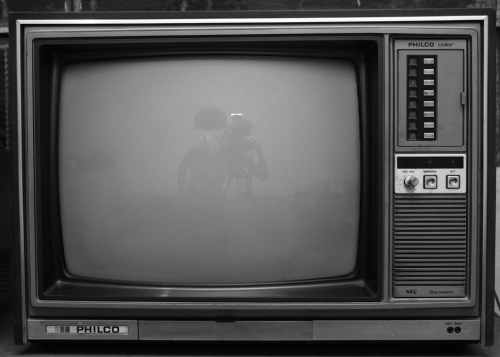Image by por brylle on Arte & Fotografia. Some rights reserved.
The connected TV audience “wants to be multitasked”, editors were told at the News World Summit in Paris today, as part of a session looking at four screen (and more) strategy.
Users do “not want to wait 12 hours” to discuss programming “at the water cooler”, head of digital strategy at France Televisions Bruno Patino said. Instead they want to do it “live on social networks”.
Patino called it “the social couch”, a “very rich and augmented TV experience.” which enables users to share their experience and not be “limited by same place or same time”.
So what should broadcasters be offering these audiences? Patino shared a list of dos and don’ts with delegates:
Don’t:
- Don’t try to maintain the system closed – you won’t be master of the TV set anymore
- Don’t try to limit the user experience
- Don’t believe your content will rule the users’ experience
Do:
- Always distribute – wherever you can. A new path is a new chance for your programme to be seen, don’t think exclusivity, think ubiquity
- Engage the audience at every level including creation
- Be xenophilic
- Be pragmatic
- Try, experiment
- Talk about the whole universe
- Try gamification
- Promote connections
- Test technologies
- Put the user at the centre
Also speaking on the topic of four screen strategy, the BBC’s general manager of news and knowledge Phil Fearnley shared his own recommendations:
- Work on standard and scalable solutions
- Consider apps and browsers, not apps v browser
- Simple design – quality content
- The importance of live
At the BBC, he added, the importance of live is the “absolute focus”, as opposed to “trying to deliver all functionality” possible. That is “not going to work”, he said.
